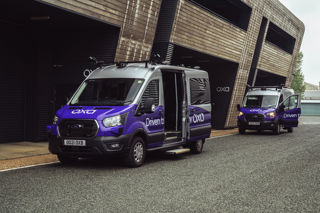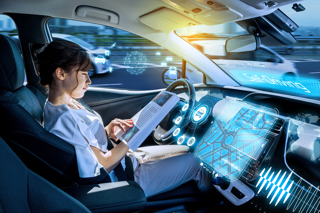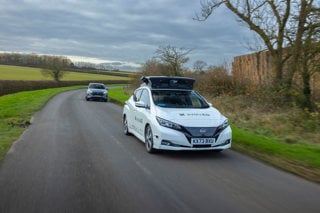Mapping and location provider Here has published an interface specification that defines how sensor data gathered by vehicles can be shared and stored.
According to a recent forecast from automotive technology research firm SBD, by 2020 there will be some 33 million vehicles sold annually with built-in connectivity, generating more than 163 million terabytes of data each year via their dozens of on-board cameras and sensor technologies.
When shared across the road network, this data can be utilized by vehicles to give them an awareness of road conditions beyond the reach of their sensors, and thus enable the driver or the vehicle itself to better plan driving.
In order to be efficiently useable, the data shared should be intelligible to other vehicles.
The company, which is developing location cloud technology for automated vehicles, has published a sensor data ingestion interface specification for the automotive industry to utilize.
Here intends for this interface specification, made available through a creative commons license, to become a standardized way for vehicles to send to the cloud the rich variety of data gathered by their on-board sensors.
With a standard interface specification, the data generated would be available regardless of vehicle manufacturer and could be pooled, processed and analyzed quickly to create a detailed live view of road and traffic conditions.
“Your car generates a wealth of data about road and traffic conditions which will be very helpful to other cars driving behind you,” said Dietmar Rabel, who heads product management for the automated driving program at Here.
“By uniting around a single data specification, we can improve our collective abilities to gain a better overall understanding from the data collected. It will mean fewer accidents and less time spent in traffic. It also moves the industry closer to the goal of cars that can drive themselves.”
The data generated from sensors on board modern vehicles can be used to warn others of possible dangers, including icy roads or a spill, sudden braking or traffic build up, an accident, or an animal or object on the road. Data can also be used to verify and enhance map data and attributes, provide warnings of poor road infrastructure like potholes as well as construction.


















Login to comment
Comments
No comments have been made yet.